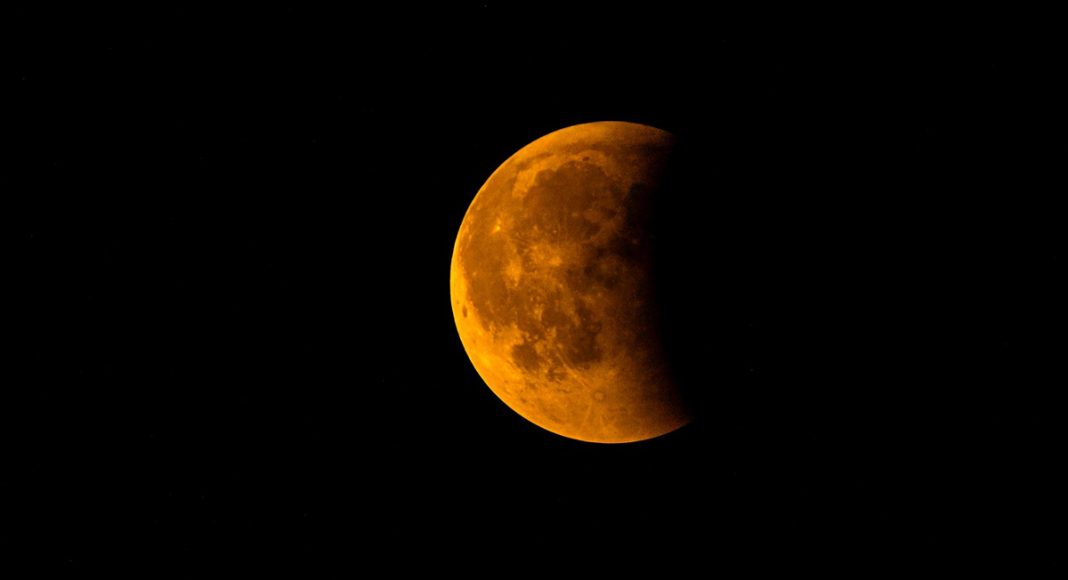This past weekend’s ‘Super Blood Wolf Moon’ eclipse was stunning. Despite the dumb name that looks like it was ripped straight out of an 80s B-movie, the eclipse was viewed by millions of people and hundreds of gorgeous images were captured. Keen observers also noticed a tiny flash during the eclipse. We now know it was a meteorite strike.
New Scientist reports that this is the first time that a meteorite impact on the moon has been captured during a lunar eclipse. Many internet users suggested that this was the case as the eclipse was developing, pointing to several videos and live feeds as evidence. Astronomer Jose Maria Malledo confirmed that the flash captured was indeed a meteorite impact and that it’s taken astronomers years to achieve this.
RELATED: Scientists Discover Moons Can Have Smaller Moons Called ‘Moon-Moons’
While meteorite impacts on the moon are quite common, it’s really hard to capture one while there’s a lunar eclipse. These types of events produce a lot of brightness, making it really hard for the telescopes to register the moment of impact. “I was really, really happy when this happened,” says Madiedo. He and his team worked hard to capture the phenomenon, doubling the number of telescopes in use and pointing them towards different areas of the moon in order to get the most coverage.
Madiedo tweeted that the meteorite strike occurred at 5:41 AM Spanish peninsular time and that the rock melted on impact, producing the flash captured on the images.
La roca se desintegró durante el impacto, produciendo el destello que recogen las imágenes @AstroyFisica @PlanetarioMad @elpais_sociedad @EFEnoticias @abc_ciencia @miangulo_95 @CNNEE @elperiodico @LaVanguardia @UCC_UHU pic.twitter.com/99MSfOZIGk
— Jose Maria Madiedo (@jmmadiedo) January 22, 2019
RELATED: WATCH: New NASA Animation Is Literally Over The Moon
Madiedo tells Gizmado that before the photo was captured, he felt that the eclipse would be important for their discovery. “In total I spent almost two days without sleeping, including the monitoring time during the eclipse,” he says. “When the automatic detection software notified me of a bright flash, I jumped out of my chair. It was a very exciting moment because I knew such a thing had never been recorded before.”
Studying these lunar impacts can help astronomers and scientists learn more about these phenomenons, gather more data, and theorize on the likelihood of impacts upon Earth’s atmosphere.


